
When it comes to car maintenance, cutting costs doesn’t always mean compromising on quality. Many drivers are unsure which services are vital and which are just inflating their bills. By arming yourself with clear facts, you can confidently avoid superfluous repairs and focus on what truly keeps your car in top shape. Here’s your essential list of overrated services that you can confidently skip.
Fuel Injector Cleaning

Automotive experts agree that fuel injectors do not require frequent washing for vehicles if they use quality fuel and adhere to consistent servicing schedules. Injector cleaning problems usually result from more significant issues than routine care. Many fuels already include additives that clean injectors, reducing the need for additional support.
Air Filter Replacements

Automakers generally suggest replacing the air filter every 12,000 and 15,000 miles, and it is advisable to check the filter during each lubricant refresh. While replacing a blocked air filter in cars with carbureted engines may boost gas mileage and efficiency, it has minimal impact on modern fuel-injected automobiles, except if the blockage is severe.
Transmission Fluid Flush

The need for transmission fluid changes is often overstated. Many contemporary cars are crafted for extended intervals between replacements, some even up to 100,000 miles under usual driving conditions. It is sensible to adhere to your vehicle’s manual rather than defaulting to standard flushes, as unnecessary swaps can introduce complications.
Windshield Wiper Swap

You only need to replace windshield wipers every 6-12 months, when they show signs of wear, or when they fail to clear the windshield effectively. Making excessive adjustments is not necessary and can be costly. Regularly inspecting and cleaning the wipers with a damp rag can help extend their lifespan.
Unwarranted Waxing
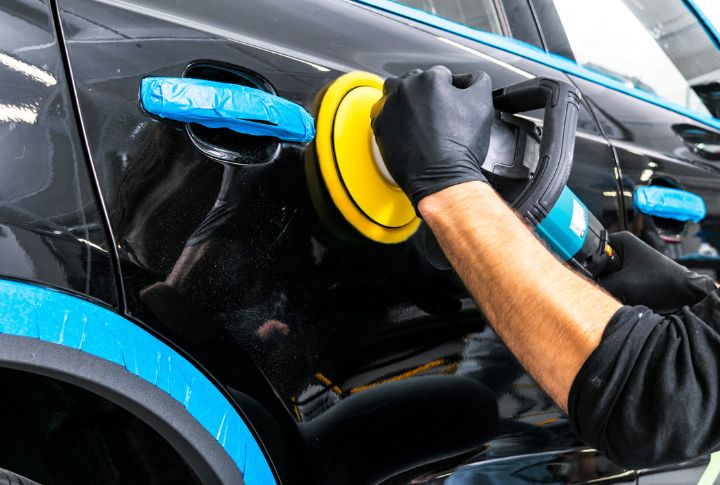
While waxing your car can protect the paint and improve its appearance, overdoing it is often unnecessary. Wax your car only once every season or as needed, based on the motor’s exposure to elements, as the advanced paint and wax formulations provide longer-lasting protection.
Overabundant Engine Flushes
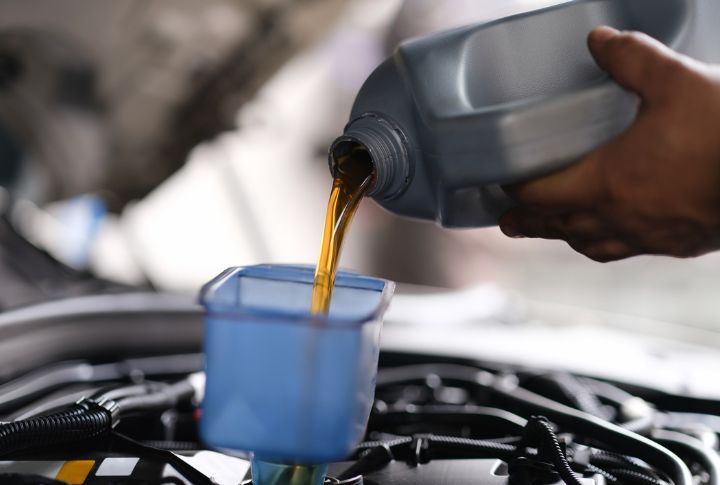
Engine flushes are generally not recommended if a specific problem or contamination is identified. It is critical to remember that these flushes can sometimes cause more harm than good by dislodging debris that can clog passages and lead to oil starvation.
Headlight Maintenance

Scheduled washing of headlights is usually enough to maintain visibility. Headlights should only be replaced or restored when significant fading or damage occurs. Contemporary headlight materials and designs ensure longer-lasting clarity and functionality, which makes constant professional assistance superfluous.
Spark Plug Substitution

Automakers typically suggest changing spark plugs at 30,000 to 50,000 miles, varying with the vehicle’s model. High-caliber platinum or iridium spark plugs can last up to 100,000 miles. Excessive changes are nonessential and can increase vehicular car costs without benefits.
Power Steering Fluid Flush

The majority of the current models are equipped with sealed power steering systems, which rarely require a fluid change unless there’s a leak or the setup is contaminated. Periodic inspections during standard care are vital to secure the longevity and proper operation of the power steering mechanism.
Repeated Hose Exchange
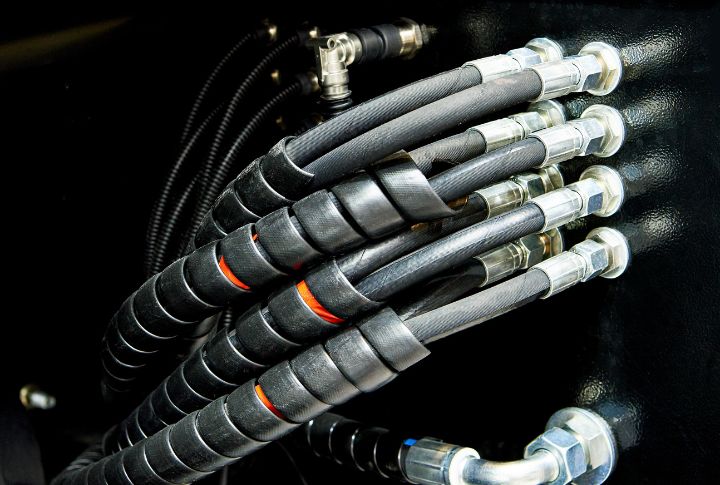
Hoses should be replaced if they show signs of wear, such as cracks or leaks. Most vehicle hoses have a long life expectancy, and routine inspections are sufficient to catch issues before they become serious. Preemptive replacement without indications of wear is rarely necessary.
Premium Oil Upgrades
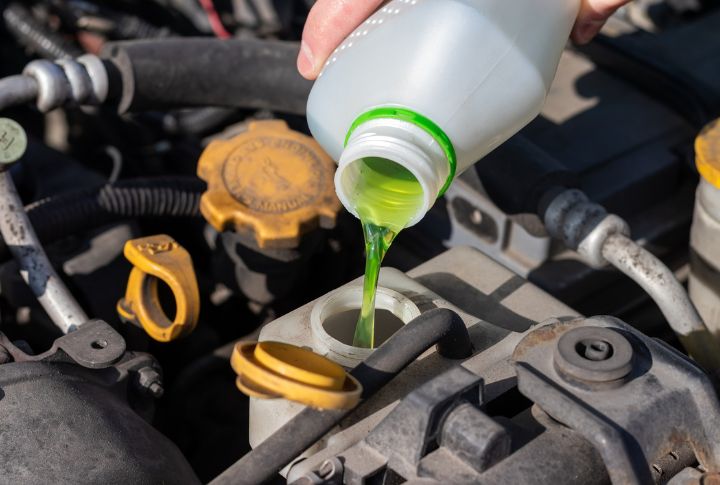
Most modern vehicles are designed to run efficiently on regular-grade oil, as specified in their owner’s manuals. Unless a car’s manual specifically demands higher-grade oil, the premium option offers little to no benefit in terms of efficiency or longevity. High-performance or luxury cars might be the exception, where manufacturer requirements could specify higher-grade oil.
Over-use of Fuel Additives

Fuel additives are not required for most drivers because today’s fuels already contain sufficient detergents and additives to keep the fuel setup clean. Additional fuel offers no real benefit and can lead to excess expenditure.
Unneeded A/C Servicing

Air conditioning networks should be serviced when they are not cooling or making strange noises, not as routine upkeep. While regular checks are advisable, frequent professional upkeep without any symptoms is not beneficial and is an avoidable expense.
Differential Fluid Change
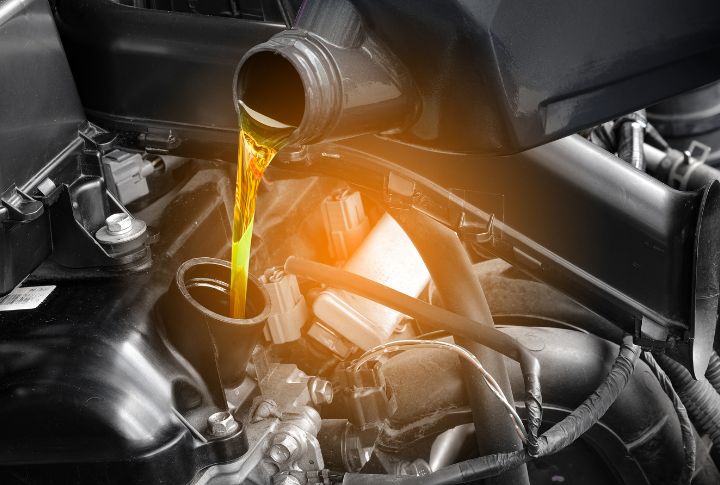
Differential fluid ordinarily needs changing only under severe driving conditions or, as the auto manufacturer specifies, around 30,000 to 60,000 miles. Several newer models are equipped with lubricants designed for the vehicle’s lifetime under normal driving circumstances, which makes repeated swaps redundant.
Battery Replacement

Car batteries last three to five years. Battery life can vary based on the vehicle and driving situations, but a preemptive exchange is unwarranted, except if the battery shows signs of failure. Professionals recommend annual testing of battery and charging system performance after three years.
Engine Decarbonizing
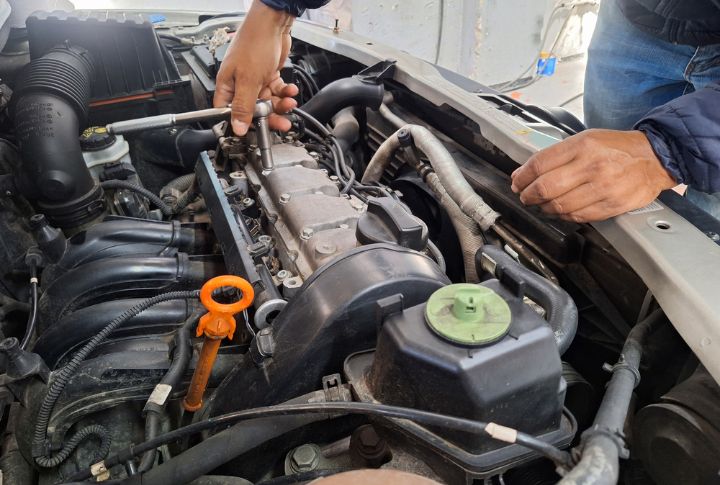
Engine decarbonization is a process touted by some mechanics as a necessary routine service, but its necessity can be debated. In simpler terms, the process aims to remove carbon deposits that accumulate inside the engine over time. Due to incomplete fuel combustion, these deposits can form on various components like pistons, valves, and the injector system. Modern cars with regular maintenance likely don’t need engine decarbonization. Skip it unless you have symptoms like rough idling, reduced engine performance, or inexplicably lowered fuel efficiency.
Engine Dressing
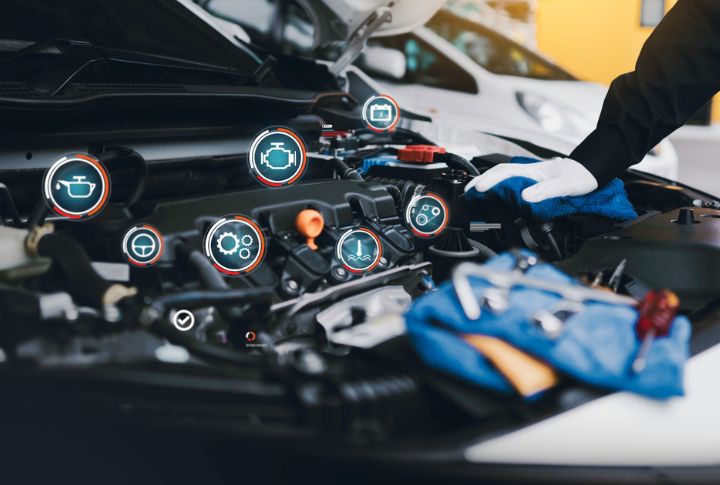
Some mechanics and service centers may offer engine dressing, a service that enhances the appearance of your car’s engine compartment. However, it’s crucial to remember that the primary concern for your engine’s health is its functionality. Maintenance like oil changes and filter replacements are far more significant in maintaining engine performance and longevity than a visually appealing engine bay.
New Tires
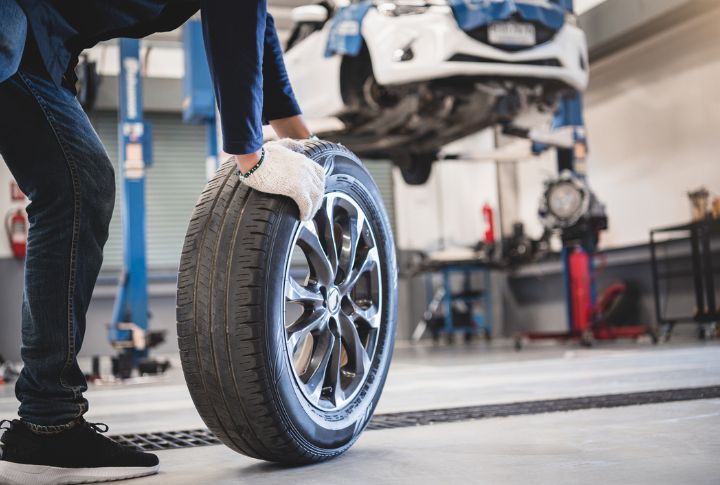
Fixing a flat tire can be a hassle, but before you opt for a costly replacement, consider this: many flat tires can be repaired! According to experts, the tire should be repairable as long as the puncture is not on the sidewall. This knowledge can save you from unnecessary expenses the next time you get a flat.
Timing Belt
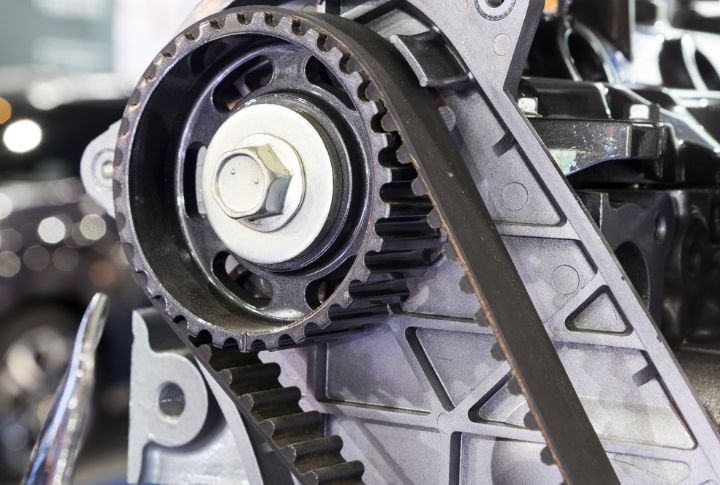
This component keeps your engine’s internal components in sync and requires replacement at specific intervals. But how often is often enough? Timing belts typically need replacing every 50,000 to 60,000 miles or every five to six years.
Axle Boots Replacements
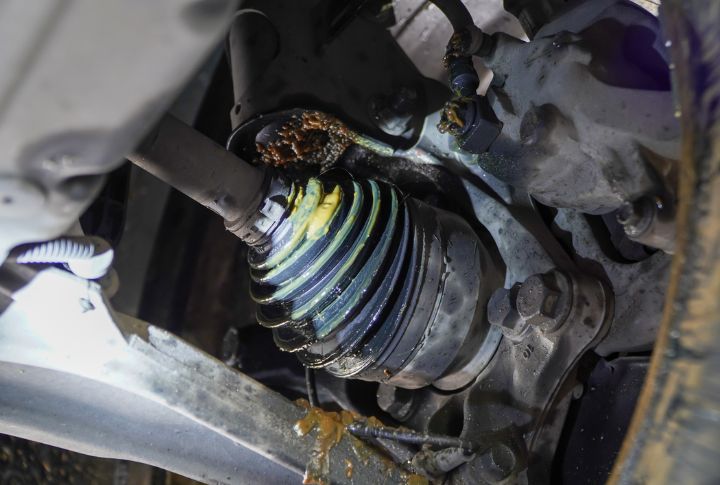
Axle boots keep grease in and dirt out of your car’s joints. Unfortunately, some mechanics might convince you to make unnecessary repairs by claiming a damaged axle boot. There’s a big difference between a legitimate tear caused by wear and tear and a simple cut in the rubber. If there’s no visible grease, it’s improbable the boot is leaking and requires replacement.
